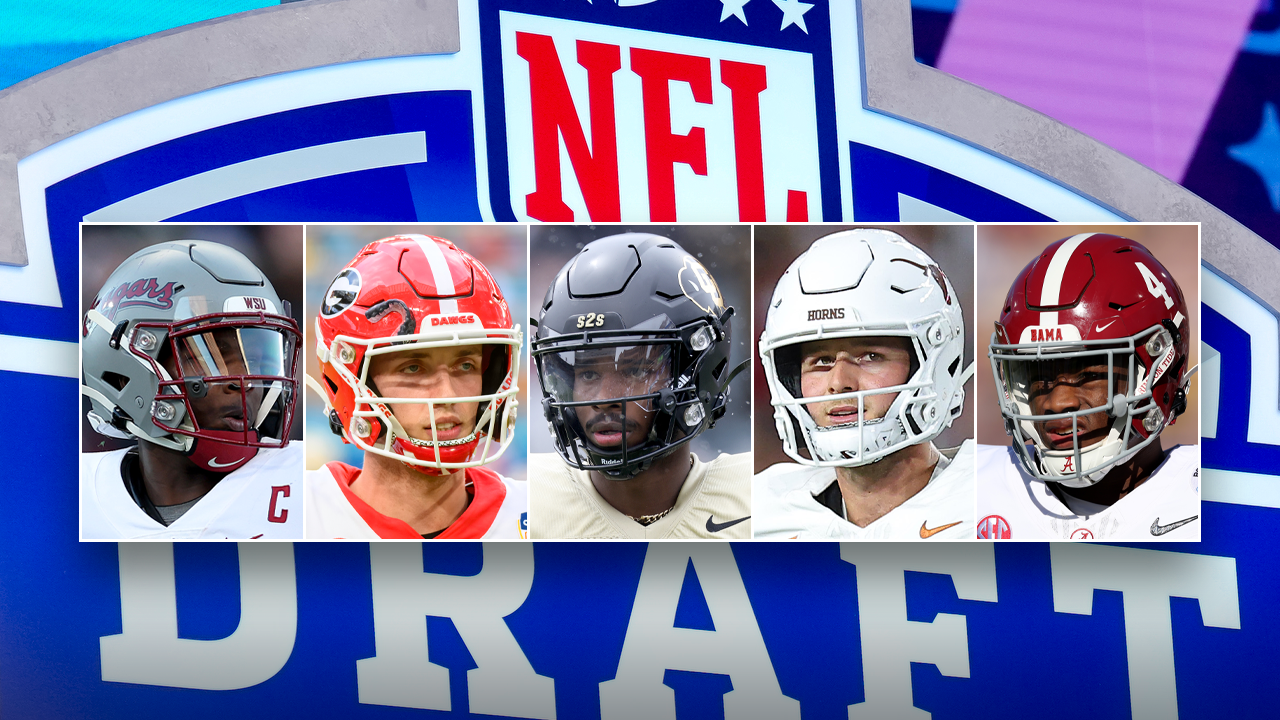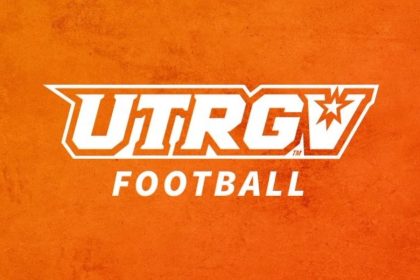How Outside Data Can Shape Draft Strategy
Scouting rooms juggle film notes, staff reports, GPS reads, and raw numbers. External data adds a different look. Public models, market movement, and crowdsourced projections give quick clues on how value is shifting through the cycle. Teams that read these signals alongside their own work can spot quiet rises, time visits with purpose, and stay composed when the room gets noisy.
Reading Market Signals
Public numbers move when sentiment moves. A split-second shift on a speed score, or a new projection from a widely read model, can ripple through media, agents, and fans. Front offices do not copy those shifts. They watch them to learn where the story is headed, which helps them predict who will be overpicked or still there on day three.
External sources that track these movements give scouts another set of reference points, especially when combined with live evaluations. Shifts in consensus boards or prediction charts often reveal where pressure is building long before it shows up in a draft room. Betting sites sit in this mix as data hubs. They update fast, archive movement, and often surface consensus projections in tidy feeds. The perks are speed, history, and clean presentation that suits quick checks. Used correctly, they act like weather reports for draft season, guiding travel, workouts, and private meetings without steering the board itself.
Crowd Models Meet Team Boards
Crowd models are blunt tools compared with a team’s grade stack. Even so, the gap between a club’s score and public projection can be useful. A wide gap invites fresh checks. Scouts can revisit late tape or call a position coach to probe a trait that models might miss, such as grip strength on contact or resilience under stress.
When a prospect grades well in house but sits lower in public talk, patience often pays. Teams can trade back with confidence if they believe the room is alone on a player. When public heat climbs on a name the club views as a role piece, it can be a hint to pivot to a different position group where supply still looks rich.
Risk Flags in Injury and Usage
External data helps tidy the messy bits of risk. Snap counts, route trees, pass rush win rates, and missed time can be tracked across sources to form a consistent picture. If the external view shows a late spike in usage with no dip in efficiency, that can support a projection for growth in year one. If the spike came with soft opposition or in blowouts, it is worth tempering.
Medical history is private, yet patterns around it are not. Public splits by month, travel miles, or turf type can hint at soft tissue risk. Clubs can cross those hints with their own files. The goal is not to let outside numbers decide. The goal is to test for blind spots, so a two-year starter with sturdy habits is not lost while everyone chases a fresh combine story.
Signals That Guide Role Fit
External models often bucket players by archetype. Some do it through height and weight clusters. Others look at movement and output. When those buckets line up with what a staff wants from a role, the path to snaps gets shorter. A slot with quick feet and tough hands who shows steady success on third down in public splits can ease a coordinator’s choice on day two.
Role fit also shows up in special teams. External tracking on kick coverage or rush lanes can confirm whether a depth piece will dress on Sundays. If two edge prospects carry similar traits, but one shows steady third phase output in public numbers, that tip can break a tie in the middle rounds and keep the roster balanced.
Timing the Move
Drafts swing on timing. External data offers a rough clock. When public heat builds on a position group, pick runs often follow. If a club sits at the back of the round and needs a center, and outside numbers show a rise in center mentions and projections, the cost to move up can be justified. If the heat centers on a different group, the club might sit tight and let its guy reach them.
Trade downs need timing too. When external models push a cluster of similar grades into the next round, phones start to ring. Clubs that know where the crowd sits can sell a move with a straight face while keeping their own target in range. This is not trickery. It is risk control grounded in how the wider world is likely to act.
Small Signals That Point to Big Value
Sometimes the best tells are tiny. A change in projected role from outside slot to boundary. A late shift in hand size or reach after verified numbers post. A coach quote that drops a hint on how a team sees its own roster. When these items line up with private work, confidence grows. When they clash, it triggers one more look, which is never wasted.
Sleepers often show steady external drift long before the buzz hits. Quiet line play grades, pressure rates on limited snaps, or clean route wins without headlines can all sit in public feeds. Clubs that keep simple dashboards of these flags can find value late on day two or early on day three, then support the pick with a clear plan for snaps and growth.
Turning Noise into Signal
External data can feel noisy. The trick is to set rules. Pick a small set of trusted sources. Track only what links to your role definitions. Log movement weekly rather than hourly. Treat every spike as a prompt, not a verdict. When the board opens on day one, you then carry two clear views. The one you built, and the one the world expects.
This split view helps with media posture as well. When the crowd sees a reach, but your process sees a clean fit, you can explain it without heat. When the crowd hypes a name you passed over, you can point to role fit, injury flags, or range of outcomes without sounding defensive.
Closing Thoughts
External analytics do not pick players. They help timing, risk control, and role fit by showing where value is moving in public view. Clubs that treat outside numbers as prompts, not orders, keep their edge. The work still starts with film and live checks. The win comes when quiet signals from outside line up with strong grades inside, and a pick turns into snaps on Sundays.
NFL Draft Diamonds was created to assist the underdogs playing the sport. We call them diamonds in the rough. My name is Damond Talbot, I have worked extremely hard to help hundreds of small school players over the past several years, and will continue my mission. We have several contributors on this site, and if they contribute their name and contact will be in the piece above. You can email me at [email protected]









